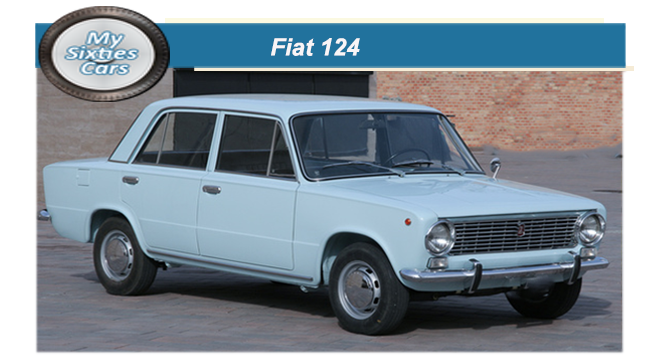
Following the disappointing sales and critical performance put up by the 1300 and 1500 series, anticipation was that Fiat’s replacement, the 124 would be a little more exotic in appearance.
When the covers came off the new model in 1967, initially released in saloon format only, once again Fiat had taken the simple approach with the car’s lines being square and straightforward.
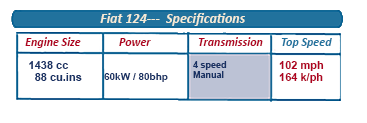 Despite the early negativity, this time around it soon began to emerge that design gurus Pininfarina had hit the nail on the head, with the Fiat 124 proving to be an immediate commercial and critical hit, going as far as winning the European Car of the Year for 1967 – a year when the competition was especially hot.
Despite the early negativity, this time around it soon began to emerge that design gurus Pininfarina had hit the nail on the head, with the Fiat 124 proving to be an immediate commercial and critical hit, going as far as winning the European Car of the Year for 1967 – a year when the competition was especially hot.
The Fiat 124 square and straightforward design layout provided an abundance of interior space making for a comfortable journey with ample head and leg room for five full-sized passengers.
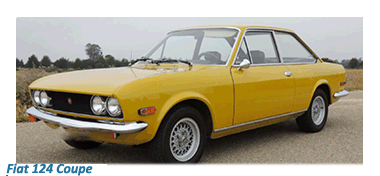 Another major plus was the 124’s lightweight construction that required a compact and modestly powered engine making it inexpensive to run.
Another major plus was the 124’s lightweight construction that required a compact and modestly powered engine making it inexpensive to run.
To increase passenger comfort, Fiat fitted a coil spring rear suspension system as well as all-round disc brakes.
With sales of the 124 Sedan proving more than satisfactory Fiat followed up rapidly with a five-door station wagon, with the 124 Coupe coming shortly after.
![]()
As had become an almost standard procedure, Fiat commissioned a two-seater convertible design from Pininfarina, introduced at the Turin Motor Show in 1968.
O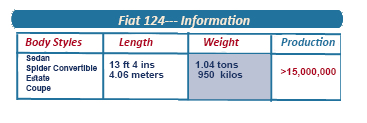 nce again the same basic floor pan was used although Pininfarina had to shorten the wheelbase on what became known as the Fiat 124 Sports Spider.
nce again the same basic floor pan was used although Pininfarina had to shorten the wheelbase on what became known as the Fiat 124 Sports Spider.
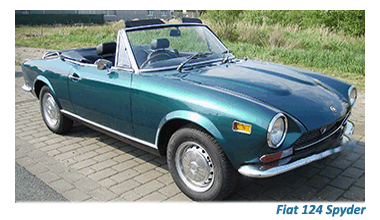 Over its twenty-year production run, despite the exterior design and body being untouched, the Spider's engine size crept up from the standard 1.4-litre engine to 2 litres.
While the staid three-box design of the Fiat 124 sedan (saloon) had not set the world of automotive styling alight, the model was technologically advanced for its time; featuring disc brakes at every corner and modern coil suspension, among the features that set new benchmarks for low-priced, mass-produced family cars.
Fiat utilised this platform to develop the 125, slightly more substantial and powerful than the 124.
Over its twenty-year production run, despite the exterior design and body being untouched, the Spider's engine size crept up from the standard 1.4-litre engine to 2 litres.
While the staid three-box design of the Fiat 124 sedan (saloon) had not set the world of automotive styling alight, the model was technologically advanced for its time; featuring disc brakes at every corner and modern coil suspension, among the features that set new benchmarks for low-priced, mass-produced family cars.
Fiat utilised this platform to develop the 125, slightly more substantial and powerful than the 124.
![]()
The Fiat 124 Sedan proved to be a tremendous international bestseller, with more than fifteen million sold during a production run that lasted close to twenty years.
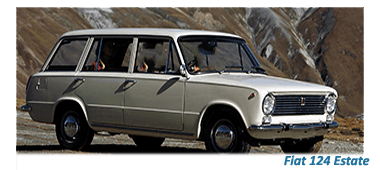
Production of the Fiat 124 series rolled on well into the Eighties grinding slowly to a halt in 1985.




